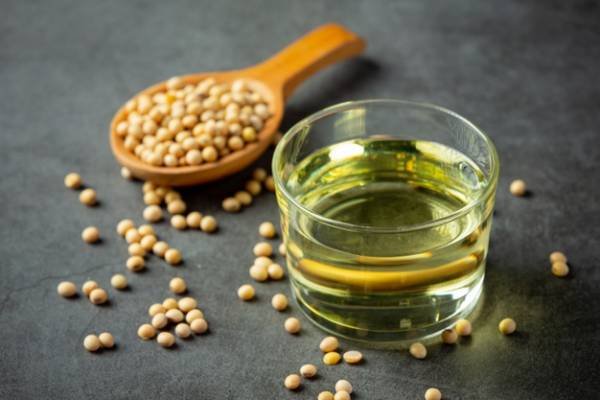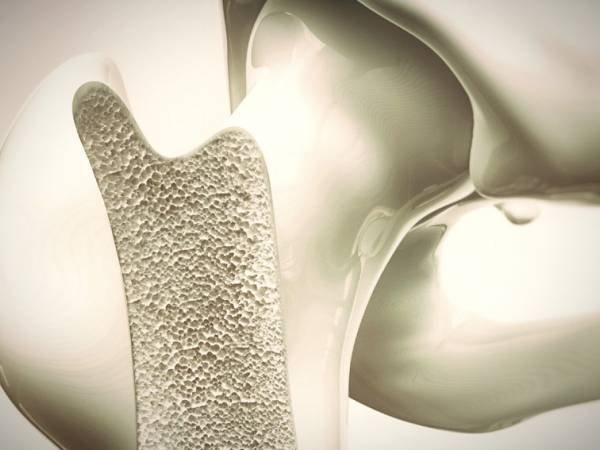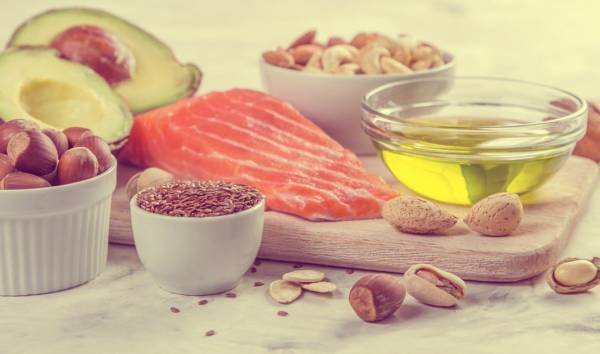Omega-linolenic acidWhat is it and how does it affect the body?
Omega-linolenic acid is an essential unsaturated fatty acid primarily found in vegetable oils. It is known as an omega-6 fatty acid and is vital for human nutrition because the body cannot produce it. Like all fatty acids, omega-linolenic acid serves as a source of energy in the body. It is a crucial component of cell membranes, affecting their properties like fluidity, flexibility, and permeability.
While consuming foods high in omega-6 can be beneficial for health for several reasons, excessive intake of these fatty acids can lead to problems. Thus, a balanced intake of fatty acids.is essentialand omega-6 should be about a 1:1 to 2:1 ratio.

The Benefits of Omega-linolenic Acid in the Body
It improves heart health:By replacing saturated fats in the diet, bad cholesterol levels decrease in those with high cholesterol. In fact, omega-linolenic acid and omega-6 fatty acids are strong fatty acids that help lower blood cholesterol levels.
Withlowered bad cholesterol,the risk of heart disease decreases.
As mentioned inSelMagz,omega-linolenic acid can be found in sunflower oil, corn oil,soybeanand canola oils. Therefore, substituting animal fats with plant fats can be beneficial in preventing heart disease.

It boosts brain function:
Omega-linolenic acid plays an important role in cell membranes that affect brain performance. Researchers indicate that low concentrations of unesterified omega-linolenic acid can cause brain damage, suggesting that omega-linolenic acid or its metabolites are involved in the natural response to brain injuries.
Studies show that mood disorders are associated with very low levels of omega-linolenic acid. Additionally, there is a slight decrease in omega-linolenic acid in individuals attemptingto commit suicideor who are depressed.
It enhances skin and hair health:
A deficiency of omega-linolenic acid results in dryness anditchiness of the skinas omega-linolenic acid significantly aids in moisture retention in the skin. Omega-linolenic acid also aids in healing skin wounds andreduces acneand skin inflammation. Moreover, the primary metabolites of omega-linolenic acid have anti-proliferative properties, meaning it can help prevent the spread of malignant cells in surrounding tissues. Research shows that using oils rich in omega-linolenic acid, such asargan oil,promoteshair growthand acts as a natural treatment for thicker hair.

It aids in fertility:
A deficiency in omega-linolenic acid can lead to fertility issues. Since omega-linolenic acids are essential components of all cell membranes, they can affect reproductive processes and alter prostaglandin production. Additionally, the reproductive system requires unsaturated fatty acids to provide plasma membrane fluids necessary for fertility.
Omega-linolenic acid also plays a useful role in treating symptoms ofmenopause,such as vaginal atrophy, hot flashes,and osteoporosis.It strengthens the immune system:
Unsaturated fats like omega-3 and omega-6 are beneficial in treating autoimmune inflammatory disorders. Research indicates that omega-6 fatty acids enhance the immune system’s function, reducing the severity of autoimmune diseases and regulating immune cell response.
It protects against
bone density loss:Studies show that consuming high amounts of unsaturated fatty acids, including omega-6 and omega-3 fatty acids, is important for higher bone mineral density and reducing bone fragility. These fatty acids affect the metabolism of bone cells, reduce the likelihood of fractures and osteoporosis, and contribute tobone strength.
Recommended Intake of Omega-linolenic AcidThe recommended intake of omega-linolenic acid for children and adults is as follows:Adult men (ages 19 to 50):

17 grams per day
Adult women (ages 19 to 50):
- 12 grams per dayMen (ages 51 to 70):
- 14 grams per dayWomen (ages 51 to 70):
- 11 grams per dayChildren (ages 1 to 3):
- 7 grams per dayChildren (ages 4 to 19):
- 7 grams per dayInfants (ages 0 to 6 months):
- 4.4 grams per dayInfants (ages 7 to 12 months):
- 4.6 grams per dayThe Largest Sources of Omega-linolenic Acid
- ChickenGrain-based desserts

Salad dressing
- Chips
- Apples
- Potatoes
- Corn chips PizzaBread
- Potato
- Fried foods
- Pasta
- MayonnaiseEggs
- Popcorn
- Processed meats
- Vegetable oils including
- Soybean oil,
- corn,
- and sesame oilNuts and seeds like sunflower seeds, pine seeds, and walnutsVariousCheeseslike blueberry cheeseand Swiss cheese
- Milk
- Note:Different types of meat, including beef, lamb, and chicken, as well as milk, cheese, and eggs, are good sources of omega-linolenic acid, but the content of this acid depends on the lifestyle and diet of the animals.Do not overconsume foods rich in omega-6Consuming foods rich in omega-6 can improve your health for various reasons. However, excessive consumption of these fatty acids can be problematic and contribute to the development of some chronic diseases. Therefore, it is important to maintain a proper balance between omega-3 and omega-6 fatty acids. This balance should be 1 to 1 up to 2 to 1.Foods with omega-6
- Sources and Benefits of Omega-linolenic Acid

Soybean oilSources of omega-linolenic acid
Argan oil
Omega-linolenic acid in argan oil







